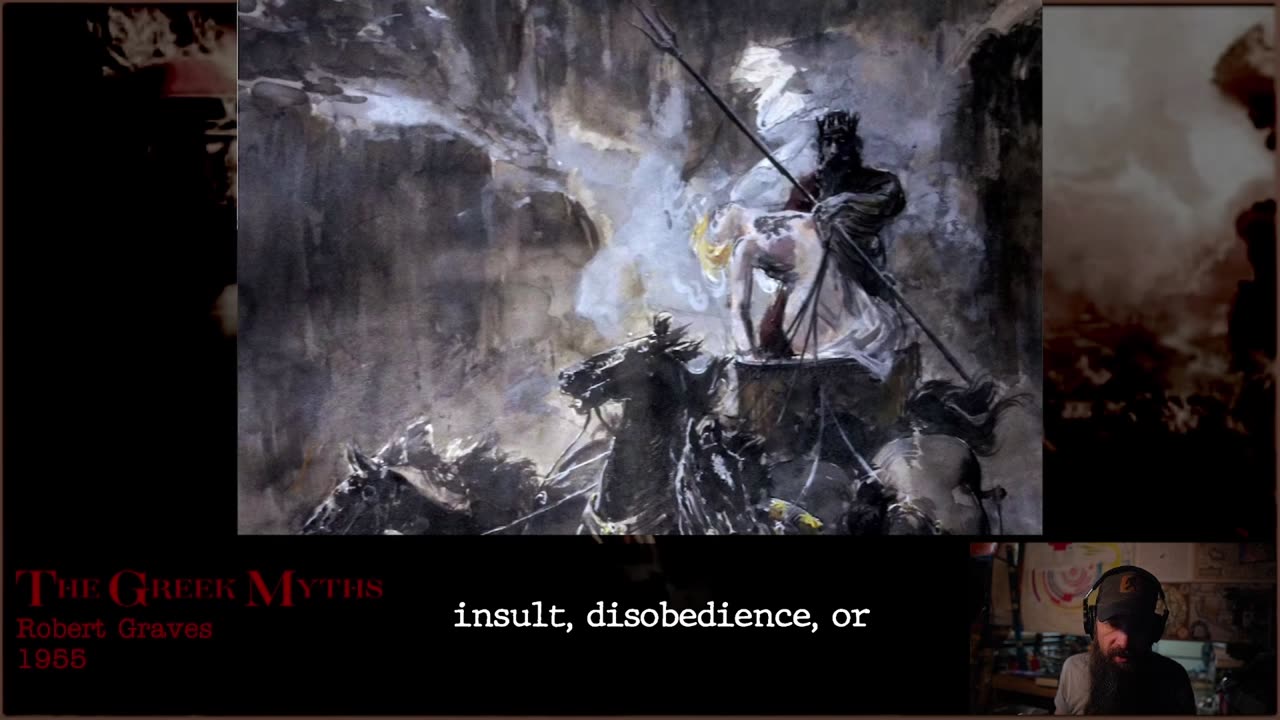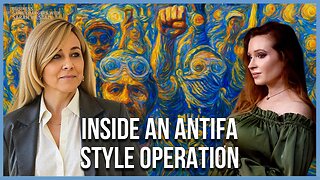Premium Only Content

The Greek Myths - B1 - 31.2
The Greek Myths - B1 - 31.2
The video discusses various ancient Greek beliefs about the afterlife, presenting different views on ghosts, reincarnation, and the nature of the afterworld from mythological perspectives. It highlights the complex theories that emerged to reconcile conflicting ideas about life after death among the ancient Greeks.
Key Points:
Conflicting Views of Afterlife
The video outlines the ancient Greeks' various beliefs about the afterlife, including ghosts residing in tombs, the visibility of sacred kings' souls, and the concept of reincarnation through consumption. These beliefs illustrate a rich tapestry of mythological interpretations.
Orphic Mysticism and Transmigration
It introduces Orphic theories of metempsychosis, suggesting that souls can reincarnate and that this process may be influenced by magical practices. This concept adds a layer of complexity to the understanding of life and death.
Hierarchy in the Afterlife
The roles of different gods in the afterlife, such as Cerberus and the attributes of specific plants like asphodel, are discussed. It highlights the symbolism attached to these entities and how they reflect the beliefs of the Greek populace regarding punishment and reward.
Cerberus and the Underworld
Cerberus, the three-headed dog, is connected with the underworld's mythology, initially being described with many heads, showcasing the evolution of mythological figures over time.
Beliefs Influenced by Geography
The geographical context of mythological beliefs, including the significance of locations like Minthe, the Black Sea, and their associations with different deaths and rebirths in the myths.
Hecate's Transformation
The narrative shifts towards Hecate, showcasing her transformation from a benevolent figure into one associated with darker aspects of magic and witchcraft, underscoring cultural shifts in the perception of female deities.
Arinnesses and Conscience
The Arinnesses, personifications of conscience, reflect societal values surrounding taboo and the moral implications of disobedience. Their connection to Hestia illustrates the sacredness of home and family in Greek thought.
-
 1:55:20
1:55:20
The White House
8 hours agoPresident Trump Participates in the Memorial Service for Charlie Kirk
83.5K88 -
 1:02:41
1:02:41
Sarah Westall
7 hours agoDomestic Terror Operation: Death Threats, Smear Campaigns, Gang Stalking w/ Journalist Sarah Fields
29.7K7 -
 1:51:40
1:51:40
Nerdrotic
7 hours ago $10.12 earnedGobekli Tepe Discovery and "Reconstruction" | Forbidden Frontier #118
66.2K7 -
 29:07
29:07
Tactical Advisor
7 hours agoATF Changes Ruling on SBR & Tacpack unboxing | Vault Room Live Stream 039
69.4K15 -
 2:00
2:00
From Zero → Viral with AI
13 hours ago $1.84 earnedAre You Being Left Behind? Why AI Marketing is No Longer Optional
35.1K4 -
 9:10
9:10
BlackDiamondGunsandGear
11 hours agoI Finally Got it! / Now i need to BUILD IT!
24.7K7 -
 9:44
9:44
Millionaire Mentor
3 days agoCharlie Kirk Brings Woke Student To STUTTERING Over White Privilege Lies
28.3K7 -
 24:12
24:12
MudandMunitions
12 hours agoOff-Roading with NYPrepper Wild Elk & PA’s Most Remote Backroads
17K1 -
 DVR
DVR
Bannons War Room
7 months agoWarRoom Live
37.4M8.69K -
 3:13:07
3:13:07
IsaiahLCarter
11 hours ago $0.91 earnedAPOSTATE RADIO 029: Leftist Violence, & NYC's Mayor's Race (Guests: Lattina Brown and David Sivella)
16K